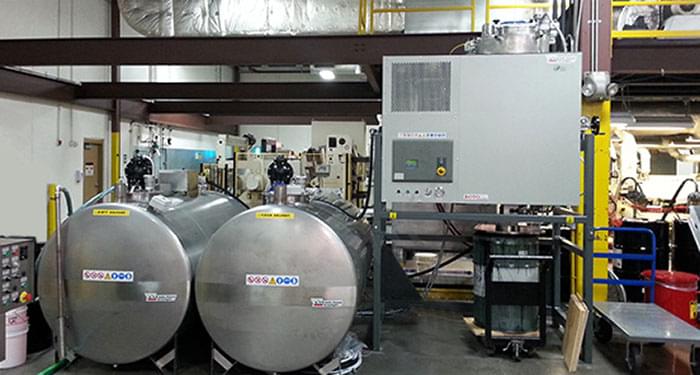


We’re generally conversant in how water is produced Solvent Distillation. The water is heated, and therefore the steam or water vapour is conducted away during a tube. If the tube is looped downward and cooling is applied below the hump, the vapor is condensed and water obtained. this is often called “simple” distillation, i.e., removing a volatile substance (water) from non-volatile substances (lime, impurities, etc.).
“Fractional” distillation on the opposite hand may be a different sort of distillation wont to separate mixtures of two liquids with different boiling points, like a mix of alcohol and water.
Wikipeadia defines fractionation as “the separation of a mix into its component parts, or fractions, like in separating chemical compounds by their boiling point by heating them to a temperature at which one or more fractions of the compound will vaporize. it’s a special sort of distillation. Generally the component parts boil at but 25 °C from one another under a pressure of 1 atmosphere. If the difference in boiling points is bigger than 25 °C, an easy distillation is employed .”
Learn About Our Equipment Rental Program
Let’s take Ethyl Alcohol as an example. a mixture of 4% Ethyl Alcohol and 96% water boils at approximately 173° F, while water boils at 212° F. a mix of the 2 liquids will boil at a temperatures between 173° and 212°, counting on the ratio of alcohol to water.
By bringing a few controlled series of successive sequences of re-evaporation, condensation, re-evaporation and re-condensation, each re-condensation from the previous vapor state achieves a better alcohol concentration. this is often because the alcohol within the vapor is at a better concentration than was the concentration within the liquid mixture from which it had been vaporized.
Specify For Your Solvent Distillation Needs
The solvent distillation equipment we use at NexGen
For example, consider a mix of solvents and resins left over from a producing process. A NexGen
The principles of distillation are fundamentally an equivalent with the utilization of solvent recovery equipment. Methods of heating the solvent include steam, direct heat (using an electrical component or heat plate) and indirect heat (where an oil bath surrounding the tank is heated by direct electric heat). Indirect heat is typically the well-liked approach because the heating is more uniform.
The condenser is typically a series of looped copper or chrome steel coils (resembling a car radiator) that are cooled by a built-in fan or surrounded by water or coolant to relax the vapor back to a liquid. Cooling by air is a smaller amount expensive than cooling by water or coolant, and is adequate for little , batch-type solvent recycling machines.
Water cooled condensers could also be necessary for applications where the condensing temperature is especially low, or the environment of the power is unusually hot. The water cooled condenser will then be more efficient.



